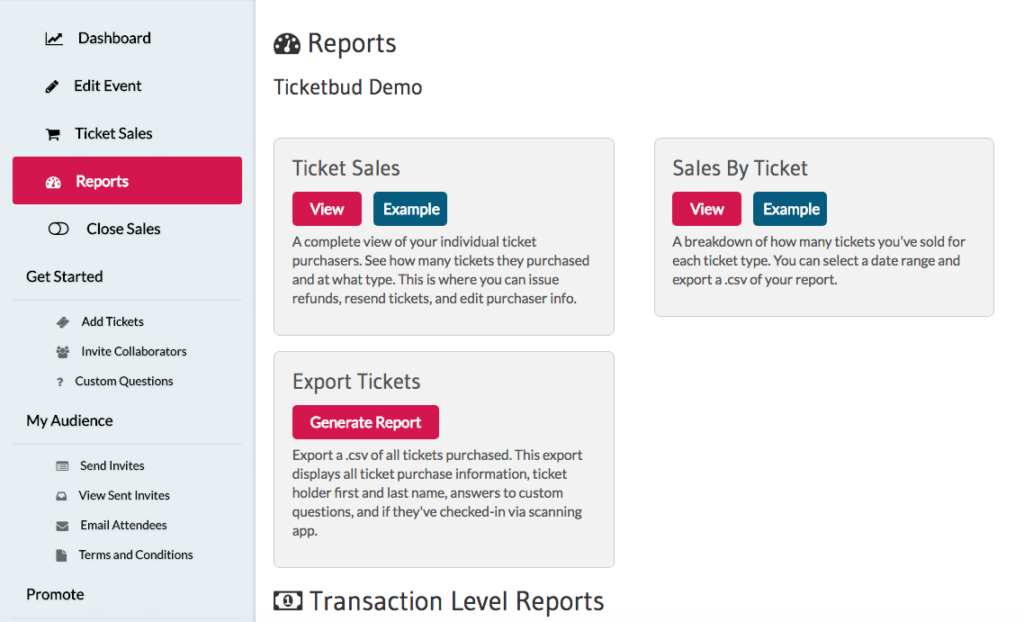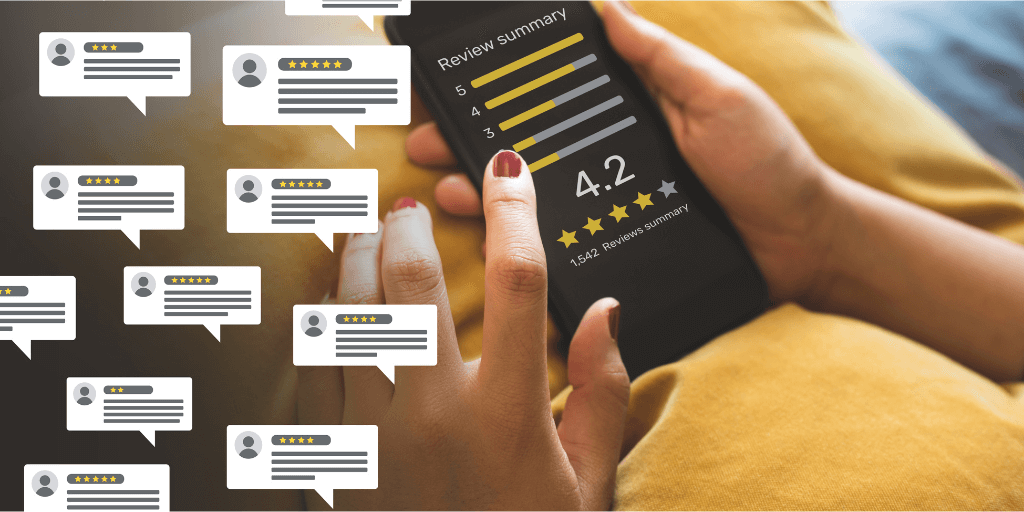
A Year in Review: Conducting an Annual Evaluation of Your Events
The end of the year is a natural time to reflect on achievements and failures as you prepare to adapt and refine in the year ahead. Evaluating your year of event programming in order to prepare for the next one is no different.
Event evaluation is an ongoing process throughout the year. But understanding the value of your event programming more broadly, and how it advances or hinders your organization’s overall strategy and values, requires a holistic review.
To conduct your annual event programming evaluation, begin with the following steps:
Step 1: Create a Snapshot of the Year
Start by establishing an overview of the entire year of events, include:
- The number of events hosted
- The average attendance for events
- Total money spent on events
- Total revenue gained from events, or a value estimate of the new business/clients gained from the events
If necessary, include a breakdown of stats by event types or category, such as small recurring events, large seasonal events, virtual, in-person, etc. Make note of any outliers, such as those with the highest attendance or those that garnered the least amount of revenue.
As you create the snapshot, be sure to include highlights from events that brought about notable engagement or resulted in press coverage. If putting together a formal presentation, include photos that capture important moments from events to bring the year in review to life.
Step 2: Revisit Initial Goals KPIs
As mentioned above, Q4 should not be the first or only time you’ve planned or conducted an analysis of your events. Instead, now is the time to take a look at your event data as a whole and see how it compares to KPIs (key performance indicators) and goals set for your marketing or programming at the beginning of the year.
If using Ticketbud as your event ticketing platform, use the reporting tool to generate sales or scan (attendance) reports for each event. You can then compare the amount of ticket sales to your total expenses to determine your event profits. Don’t forget to include any money made from sponsorships and any costs associated with staff or volunteer training. You can also compare a report on ticket sales versus check-ins to determine attendance at each event.

Beyond monetary and attendance success, it’s important to evaluate how your events progressed your core strategy and values. For example, if your goal was to engage new demographics, were those audiences present at your events? If you had sustainability initiatives, did your event help move the needle forward?
As you evaluate, consider the reasons behind your successes and failures and whether some events may need to be reproduced, rethought or simply left as a memory.
Step 3: Look at Social Media Engagement
Most social media sites provide the tools and analytics you need to gauge the success of posts and campaigns related to your event, offering data on likes, comments, shares, clicks, etc. To understand how events may have impacted your overall social media growth and strategy, review any tags, mentions, or increases in followers.
Special event hashtags can help capture engagement from user generated content. If you did not do so this year, make sure future event marketing campaigns include a specific hashtag for the event or encourage others to tag your organization when posting about the event.
Understanding social media engagement will provide insight into how to reach and interact with your audiences more effectively for future events. It might also offer another avenue to gather feedback and stakeholder impressions of your event.
Step 4: Review Feedback and Testimonials
It’s best to gather feedback when the event is fresh in people’s minds. So if you did not do so this year, be sure to develop a plan to collect responses from attendees, vendors, partners and staff through surveys during or shortly after each event.
Then, review this data in its entirety at the end of the year to determine any consistent wins or pain points. Monitoring feedback from each event can demonstrate how you improved from event-to-event and established best practices. All of this is important information to take with you into the next year of events.
If any feedback is particularly positive, consider using it as a marketing tool for future events. Whether it’s a strong quote or a consistently high rating across attendees and event dates, this data will demonstrate to audiences that an event is worth their time.

Step 5: Evaluate Partners and Vendors
In addition to digesting the feedback of your stakeholders, it’s important to assess the value of each relationship. Perhaps certain events could not have been done without the financial support of sponsors or contributions of partners. So, consider why they chose to contribute, what they got out of it, and how you can ensure they’ll help in the future.
It’s also good to maintain a directory of vendors you have worked with – both good and bad – and make note of any info that might make it easier to work with them moving forward (for example: responds best to email, needs attendee numbers 1 week ahead of event, requires payment upfront, etc). This living document will make it easier to plan and delegate vendor communications for future events.
It’s also important to note if working with outside organizations allowed you to tap into new audiences. So, ask your partners for any details and analytics related to any social media posts, newsletters or emails they produced related to your event.
Step 6: Debrief with Your Event Teams
Report your findings with your events committee or decision-making teams. Together, you can discuss the return on investment (ROI) of your events, or whether the events you hosted were worth the time and resources that went into producing them. Are there any areas of fat you could trim to make the planning processes more cost and time efficient? Are there any best practices you could replicate to ensure no event eats into your ROI?
Wisdom is gained in experience, and failures can help guide future planning efforts. So, outline the lessons you’ve learned along the way, and use your knowledge to refine your approach.
Step 7: Set Future Goals
Your reflections should inform your aspirations as you set new goals and establish KPIs for next year’s event calendar. Make sure these goals are specific, measurable, achievable, relevant, and time-bound (SMART):
- Specific: Find a way to simply and specifically define success so you and others can easily evaluate whether you’ve achieved it in the end.
- Measurable: Though events result in many valuable qualitative results, it’s helpful to be able to quantify measures of success. So, consider creating numerical benchmarks for ticket sales, revenue, media placements, social media engagement, new clients or relationships developed etc.
- Achievable: Goals need to be aspirational but realistic.
- Relevant: Make sure the goals you are setting are in alignment with your organization’s values and overall strategy.
- Time-related: Events have a clearly defined timeline; but if you’re hosting a series of events, your goals may be something that you work toward across a calendar year.
Make annual reviews of your events and annual programming a regular practice. Consistently reviewing your goals and progress leads to continuous improvement in the planning and execution of your events.